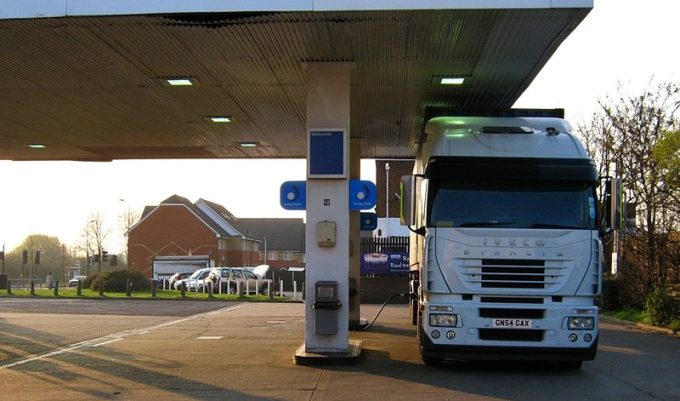Congestion at box ports still plaguing Europe's inland waterways
Worsening weather can wreak havoc on inland container networks across northern Europe, leading to surcharges, ...

Freight crime continues to present a major challenge to the supply chain industry. Perhaps the largest subset of theft incidents involve fuel. Here TT Club’s Mike Yarwood analyses the claims data of the freight industry’s insurance provider to help throw light on the details of the trend.
The analysis puts cargo theft among the top three of incidents resulting in claims. However, the data fails to capture the full scope of the problem, as the value of the loss often falls ...
Ecommerce air traffic to US set to grind to a halt as de minimis exemption ends
Maersk u-turn as port congestion increases across Northern Europe
Apple logistics chief Gal Dayan quits to join forwarding group
Widespread blanked sailings stave off major collapse of transpacific rates
Transpac rates hold firm as capacity is diverted to Asia-Europe lanes
Houthis tell Trump they will end attacks on Red Sea shipping
Airlines slash freighter capacity post-de minimis, but 'the worst is yet to come'
MSC revamps east-west network as alliance strategies on blanking vary


Comment on this article